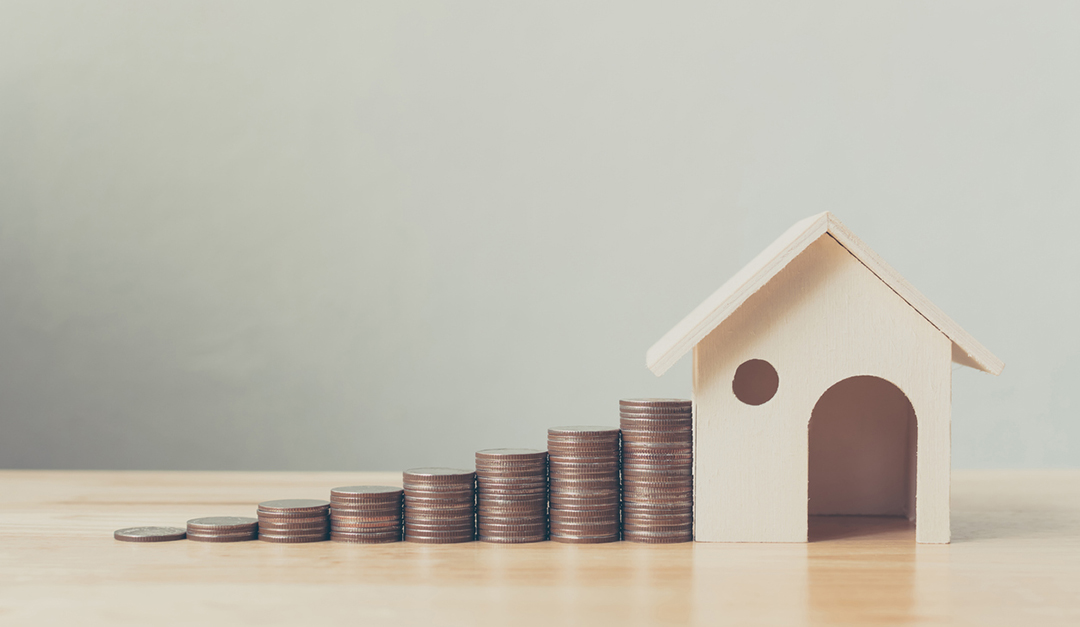In May, home prices increased 4.5 percent YoY, down from 4.6 percent in the previous month, according to the most recent S&P CoreLogic/Case-Shiller Indices. Year-over-year, the 10-City Composite increased 3.1 percent, down from last month’s 3.3. percent increase. Meanwhile, the 20-City Composite increased 2.7 percent YoY, down from last month’s 3.9 percent.
The following cities experienced the highest YoY gains: Phoenix (9.0 percent), Seattle (6.8 percent) and Tampa (6.0 percent).
The complete data for the 20 markets measured by S&P:
Atlanta, Ga.
May/April: 0.5%
Year-Over-Year: 4.2%
Boston, Mass.
May/April: 0.4%
Year-Over-Year: 4.3%
Charlotte, N.C.
May/April: 0.8%
Year-Over-Year: 5.4%
Chicago, Ill.
May/April: 0.7%
Year-Over-Year: 1.3%
Cleveland, Ohio
May/April: 1.2%
Year-Over-Year: 5.7%
Dallas, Texas
May/April: 0.4%
Year-Over-Year: 2.9%
Denver, Colo.
May/April: 0.5%
Year-Over-Year: 2.8%
Las Vegas, Nev.
May/April: 0.3%
Year-Over-Year: 4.2%
Los Angeles, Calif.
May/April: 0.4%
Year-Over-Year: 2%
Miami, Fla.
May/April: 0.4%
Year-Over-Year: 3.7%
Minneapolis, Minn.
May/April: 0.8%
Year-Over-Year: 5.5%
New York, N.Y.
May/April: 0.0 %
Year-Over-Year: 2.1%
Phoenix, Ariz.
May/April: 0.9%
Year-Over-Year: 9.0%
Portland, Ore.
May/April: 0.9%
Year-Over-Year: 4.2%
San Diego, Calif.
May/April: 0.4%
Year-Over-Year: 5.2%
San Francisco, Calif.
May/April: -0.2%
Year-Over-Year: 2.2%
Seattle, Wash.
May/April: 0.6%
Year-Over-Year: 6.8%
Tampa, Fla.
May/April: 0.3%
Year-Over-Year: 6.0%
Washington, D.C.
May/April: 0.6%
Year-Over-Year: 3.5%
How the Industry’s Responding:
“May’s housing price data were stable. The National Composite Index rose by 4.5 percent in May 2020, with comparable growth in the 10- and 20-City Composites (up 3.1 percent and 3.7 percent, respectively). In contrast with the past eight months, May’s gains were less than April’s. Although prices increased in May, in other words, they did so at a decelerating rate. We observed an analogous development at the city level: prices increased in all 19 cities for which we have data, but accelerated in only three of them (in contrast with 12 cities last month and 18 the month before that).
“More data will obviously be required in order to know whether May’s report represents a reversal of the previous path of accelerating prices or merely a slight deviation from an otherwise intact trend. Even if prices continue to decelerate, that is quite different from an environment in which prices actually decline. Among the cities, Phoenix retains the top spot for the 12th consecutive month, with a gain of 9.0 percent for May. Home prices in Seattle rose by 6.8 percent, followed by Tampa at 6.0 percent. As has been the case for the last several months, prices were particularly strong in the West and Southeast, and comparatively weak in the Northeast.” — Craig J. Lazzara, Managing Director and Global Head of Index Investment Strategy, S&P Dow Jones Indices
“Housing market activity stands as a shining light for the U.S. economy and households during these challenging times, and continued demand highlights the importance of housing. Under the current economic circumstances, the safety and stability home-buying provides may have become even more critical for families. While recent data shows that the current resurgence in COVID-19 cases undermines the sustainability of economic recovery—and may restrain available for-sale homes—home-buying fundamentals driven by demographics and favorable mortgage rates suggest housing demand will remain solid.” — Selma Hepp, Deputy Chief Economist, CoreLogic
“The pandemic has not stopped the consistent home price growth we have witnessed in recent years. With inventory low and a recent surge of homebuyers interested in finding a home where they can feel comfortable no matter what life presents them, we will likely see steady increases through the rest of the summer.” — Bill Banfield, Executive Vice President, Capital Markets, Quicken Loans












